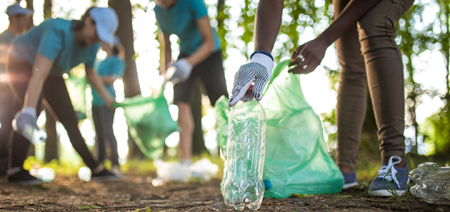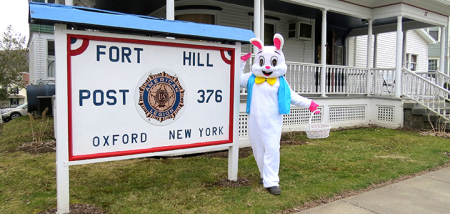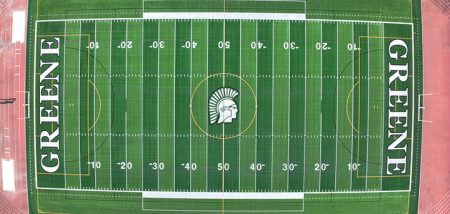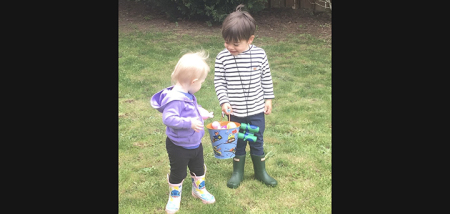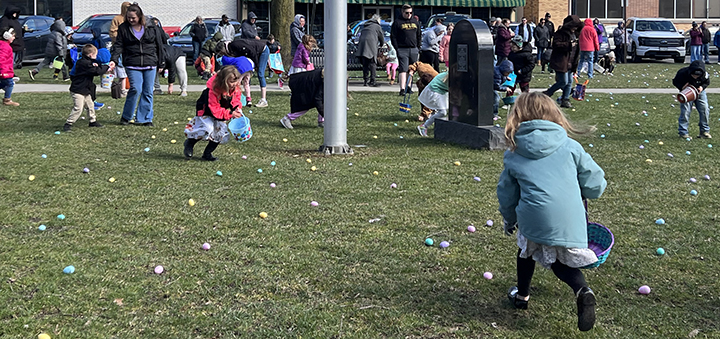Winter Weather Advisory
Published:
January 9th, 2017
By:
Sen. James Seward
Here in upstate New York we pride ourselves on our ability to battle (and overcome) winter weather. Even with our well-honed skills at the ready, a quick refresher on a few life-saving tips and available resources is always beneficial.
The New York State Division of Homeland Security and Emergency Services website is a one stop shop for winter safety advice. The site, http://www.dhses.ny.gov, is filled with useful information like the difference between a winter storm warning, watch and advisory; steps to winterize your home, techniques to clear snow from your roof, and how to protect your water pipes from freezing.
The site also offers some important winter driving tips and what to do if you are trapped on the road during a blizzard:
Stay in your car and wait for help to find you;
Run your engine for short periods of time to stay warm. Keep your down-wind window open and make sure your exhaust pipe is clear of snow;
Turn on the dome light at night when you are running the engine to signal rescuers;
Hang a brightly colored piece of cloth or piece of clothing from your car;
Exercise from time to time by vigorously moving arms, legs, fingers and toes to keep blood circulating and to keep warm.
New Yorkers can also access a pair of excellent safety tools from home or on the go.
The state Department of Transportation maintains the 511 New York system which includes a free mobile device application that provides New Yorkers with up-to-the-minute information regarding traffic, transit and emergency service notifications as well as weather advisories. Information can be found on-line at www.511ny.org.
Additionally, the NY Alert website contains critical emergency-related information including severe weather warnings, significant highway closures, hazardous materials spills, and many other emergency conditions. The website also includes information regarding response actions being taken by local and state agencies and protective actions that you should take to protect you, your family and your property. Warnings and emergency information can be sent directly to your cell phone, email and other technologies. For more information, and to sign up for alerts, check the website, www.nyalert.gov.
One other specific cold weather concern is a power outage. Heavy snow can drop tree limbs on power lines, knocking out service for hours or even days. Ice storms can also wreak havoc. With that in mind, here are several suggestions from the New York State Public Service Commission to help ensure health and safety if you fall victim to a lengthy, unexpected power outage:
Stay warm by dressing in layers and minimizing your time outdoors;
Know the mental and physical signs of hypothermia (shivering, drowsiness) and how to treat it (wrap the person in warm clothing, move the individual to a warm location and seek medical attention);
Hang blankets over windows and doorways to insulate your home;
If you have a working fireplace, use it for heat or light, but be sure to keep the damper open for ventilation;
Open your faucets to a steady drip so pipes don’t freeze;
Stay nourished. Food provides needed energy and drinking helps you avoid dehydration;
Never use a charcoal grill inside or a gas stove for heat as they give off potentially harmful levels of carbon monoxide;
If using a generator, place it outside for proper ventilation. Turn off the main electric breaker before using the generator to prevent electricity from traveling to otherwise de-energized electrical lines outside your house and possibly injuring repair crews;
Check on neighbors with special needs.
By keeping all of these thoughts in mind you can stay safe throughout the winter season.
Author: Sen. James Seward - More From This Author
Comments

